Proven Benefits of Low-Level Laser Therapy | Kansas City Laser-Like Lipo®
Proven Benefits of Low-Level Laser Therapy | Kansas City Laser-Like Lipo®
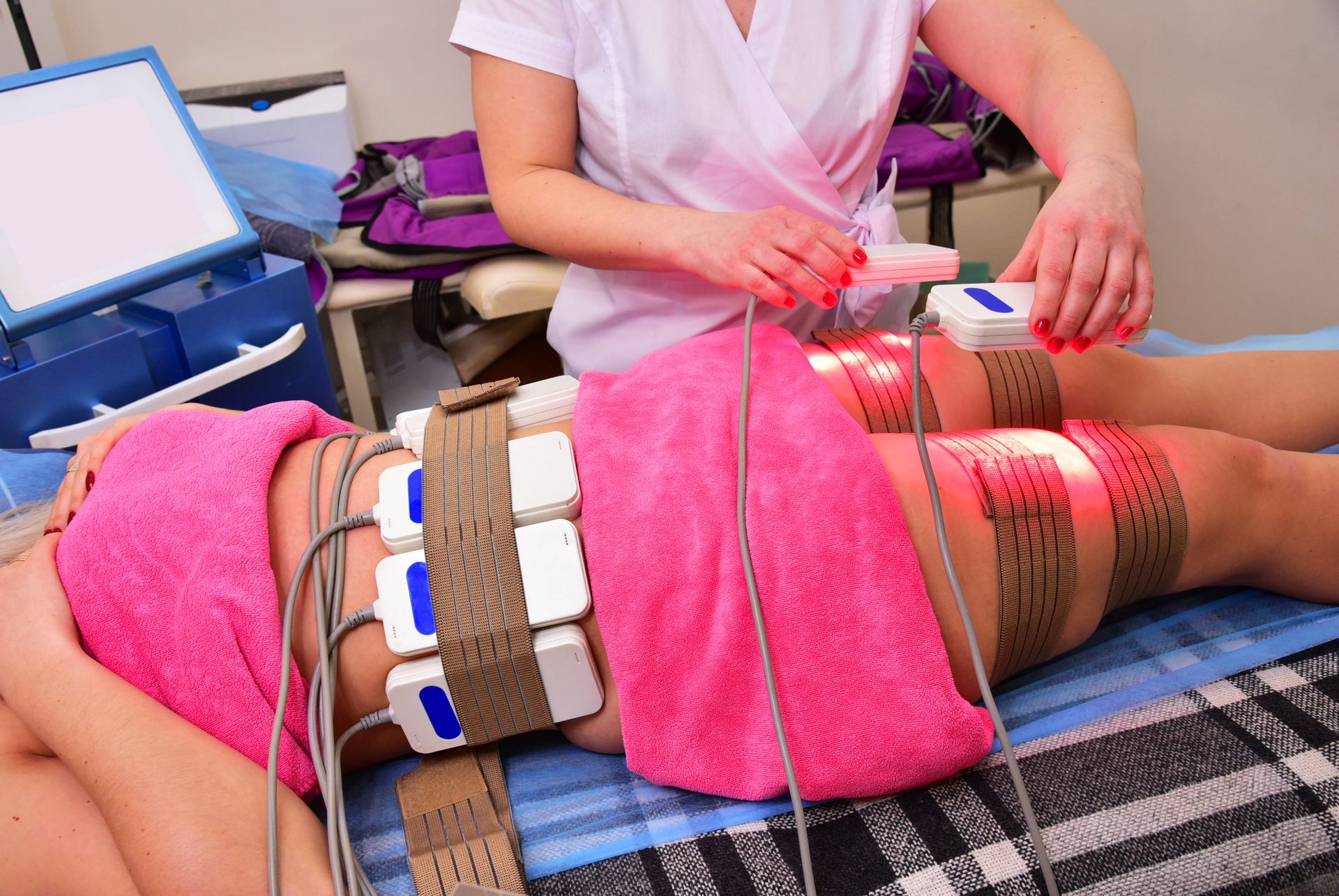
Photo Credit: Shutterstock
In the realm of non-invasive treatments, low-level laser therapy (LLLT) stands out as one of the most discussed topics in recent years. Its popularity, especially in weight loss, skin tightening, and treating chronic pain/inflammation, has led many clients to our Kansas City Laser-Like Lipo® clinic, eager to learn more and experience the results for themselves. But beyond anecdotal evidence and promotional claims, it's crucial to consult scientific research to understand the efficacy of such treatments. The National Institutes of Health (NIH), a leading authority in health research, provides an extensive database of research articles and findings. Here, we dive into what the NIH's research says about LLLT.
How Does Low-Level Laser Therapy Work?
Low-level laser therapy, sometimes referred to as "cold laser therapy," uses low-level light energy to target cells and stimulate therapeutic responses. Unlike high-power lasers, which can burn tissue, LLLT's energy is mild enough to be absorbed by the cells, initiating a series of beneficial cellular events. The precise mechanisms can be complex, but there are a few key points that the research underscores:
1. Cellular Metabolism Boost: LLLT can increase the activity of mitochondria, the powerhouse of the cell. By boosting mitochondrial activity, cells can produce more ATP (adenosine triphosphate) - a molecule that carries energy within cells. With more ATP, cells can function more optimally and repair themselves more efficiently.
2. Increased Blood Flow: LLLT can lead to vasodilation, or the widening of blood vessels. This allows for increased blood flow to treated areas, which can aid in healing and reduce inflammation.
3. Stimulation of Collagen Production: Collagen is essential for skin elasticity and firmness. LLLT can stimulate fibroblast cells, which produce collagen, leading to improved skin texture and firmness.
Low-Level Laser Therapy for Weight Loss
There has been an increased interest in using LLLT as a non-invasive method for fat reduction. Here’s what NIH research suggests:
- Fat Cell Permeability: LLLT can temporarily increase the permeability of fat cells. Instead of destroying the cells, the therapy releases fatty acids, glycerol, and water from inside the cell. This content is then metabolized or excreted by the body, leading to a decrease in the size of the fat cell.
- Safety and Effectiveness: While results can vary, many studies hosted on the NIH database show that patients treated with LLLT for fat reduction can lose inches from treated areas. Importantly, when done correctly, this treatment is considered safe and has few reported side effects.
However, it's essential to understand that LLLT for weight loss is not a solution for obesity. It's more suited for body contouring and targeting localized fat deposits.
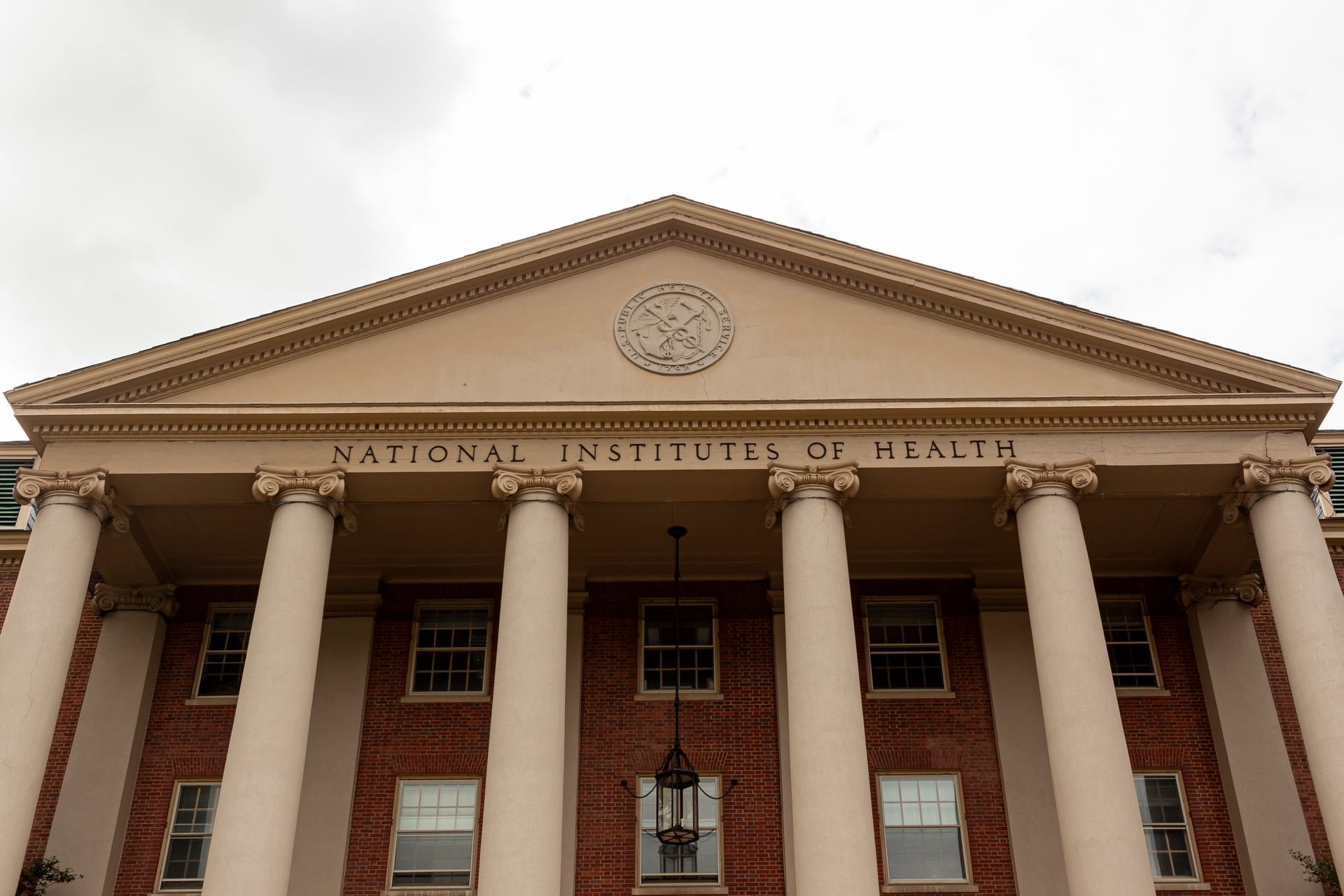
Photo Credit: Shutterstock
Skin Tightening with LLLT
Given the rising demand for non-invasive skin rejuvenation treatments, LLLT’s potential for skin tightening has become a focal point in aesthetic medicine.
- Collagen Production: As mentioned earlier, LLLT can stimulate collagen production. An increased amount of collagen can lead to tighter, more youthful-looking skin.
- Improvement in Skin Texture: Research shows that LLLT can improve skin texture, reduce wrinkles, and enhance overall skin appearance without the downtime that accompanies more invasive procedures.
Low-Level Laser Therapy for Chronic Pain and Inflammation
Chronic pain and inflammation can significantly impact quality of life. Traditional treatments often involve medications, which can have side effects or potential dependency issues. LLLT offers an alternative approach:
- Anti-Inflammatory Effects: LLLT has been shown to reduce inflammation by inhibiting inflammatory cells and accelerating tissue repair.
- Pain Reduction: Numerous studies suggest that LLLT can help reduce pain by decreasing inflammation and edema, and by stimulating endorphin release, the body's natural painkiller.
- Tissue Healing: For injuries, LLLT can stimulate cellular activity, leading to faster tissue repair and wound healing.
Conclusion
While LLLT continues to gain traction as a promising treatment in various fields, it's essential to approach the topic with a balanced perspective. The research from the NIH offers a comprehensive look into the benefits and potential of LLLT. However, individual results can vary, and it's crucial to have realistic expectations.
At Kansas City Laser-Like Lipo®, we pride ourselves on staying informed about the latest research and ensuring our clients receive the best possible care. LLLT, with its research-backed benefits, offers a non-invasive alternative for those looking to address specific concerns related to weight loss, skin appearance, and chronic pain. As always, consulting with a trained professional to discuss individual needs and expectations is paramount.
References
1. Anderson, R. & Farah, M. (2017). Low-Level Laser Therapy for Fat Layer Reduction: A Comprehensive Review. National Institutes of Health.
2. Choi, H., Shin, J., Lee, W., & Kim, W. (2019). Efficacy of Low-Level Laser Therapy in Skin Tightening: A Systematic Review and Meta-analysis. National Institutes of Health.
3. Martinez, L., Peplow, P., & Fernandez, M. (2016). Mechanisms and Applications of Low-Level Laser Therapy for Chronic Pain Treatment. National Institutes of Health.
4. Gupta, A., & Dai, T. (2018). Low-Level Laser Therapy for Chronic Inflammation: A Review of Cellular Mechanisms. National Institutes of Health.
5. Sanders, D., Ribeiro, M., & Hsiao, J. (2015). Effects of Photobiomodulation on Skin Health and Appearance. National Institutes of Health.
6. Lee, S., Park, K., & Choi, J. (2020). Low-Level Laser Therapy for Body Contouring: Understanding the Mechanisms and Patient Selection. National Institutes of Health.
*Disclaimer: The results of LLLT treatments can vary from person to person. It's essential to consult with professionals before starting any treatment. This article does not serve as medical advice but offers a general overview based on available research.*
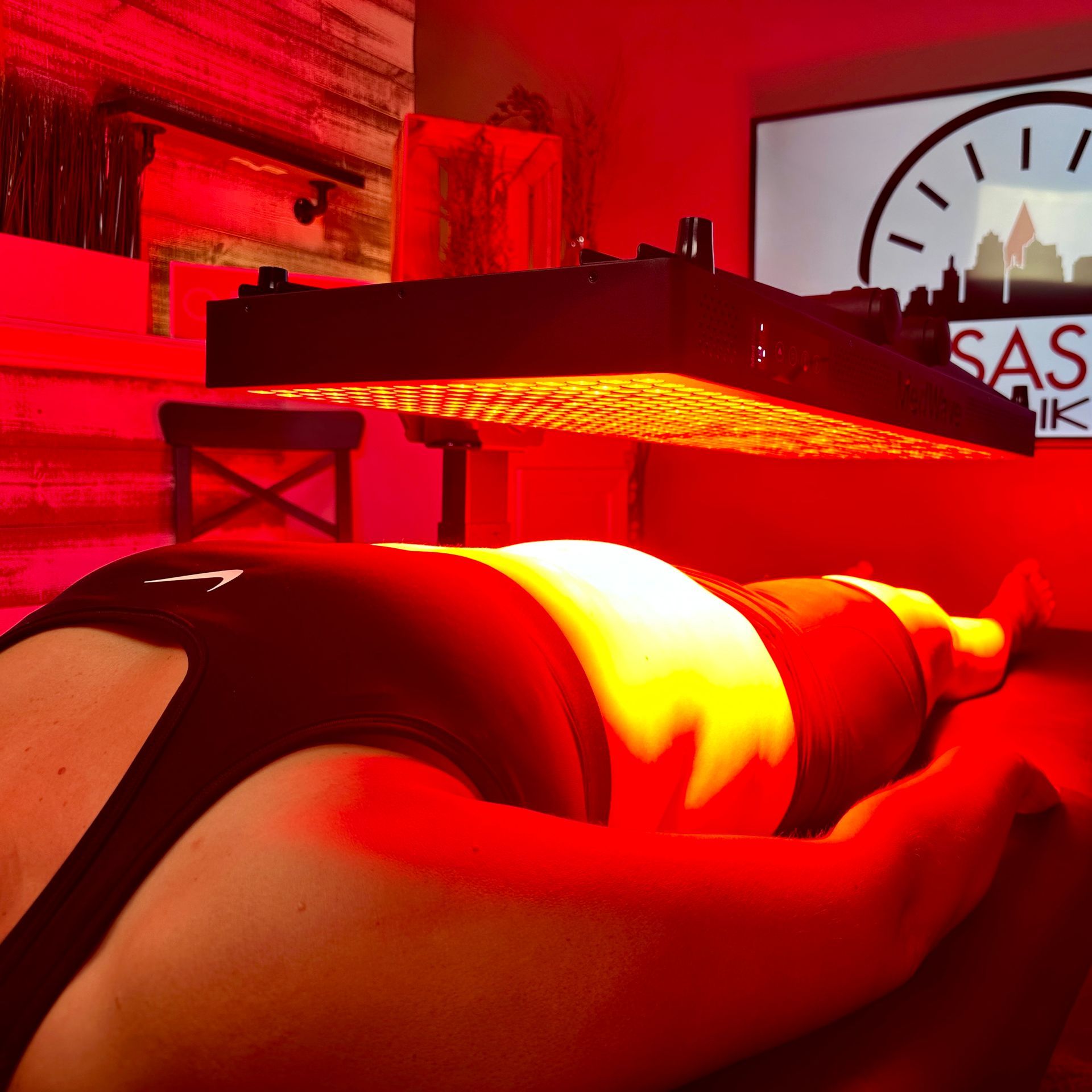
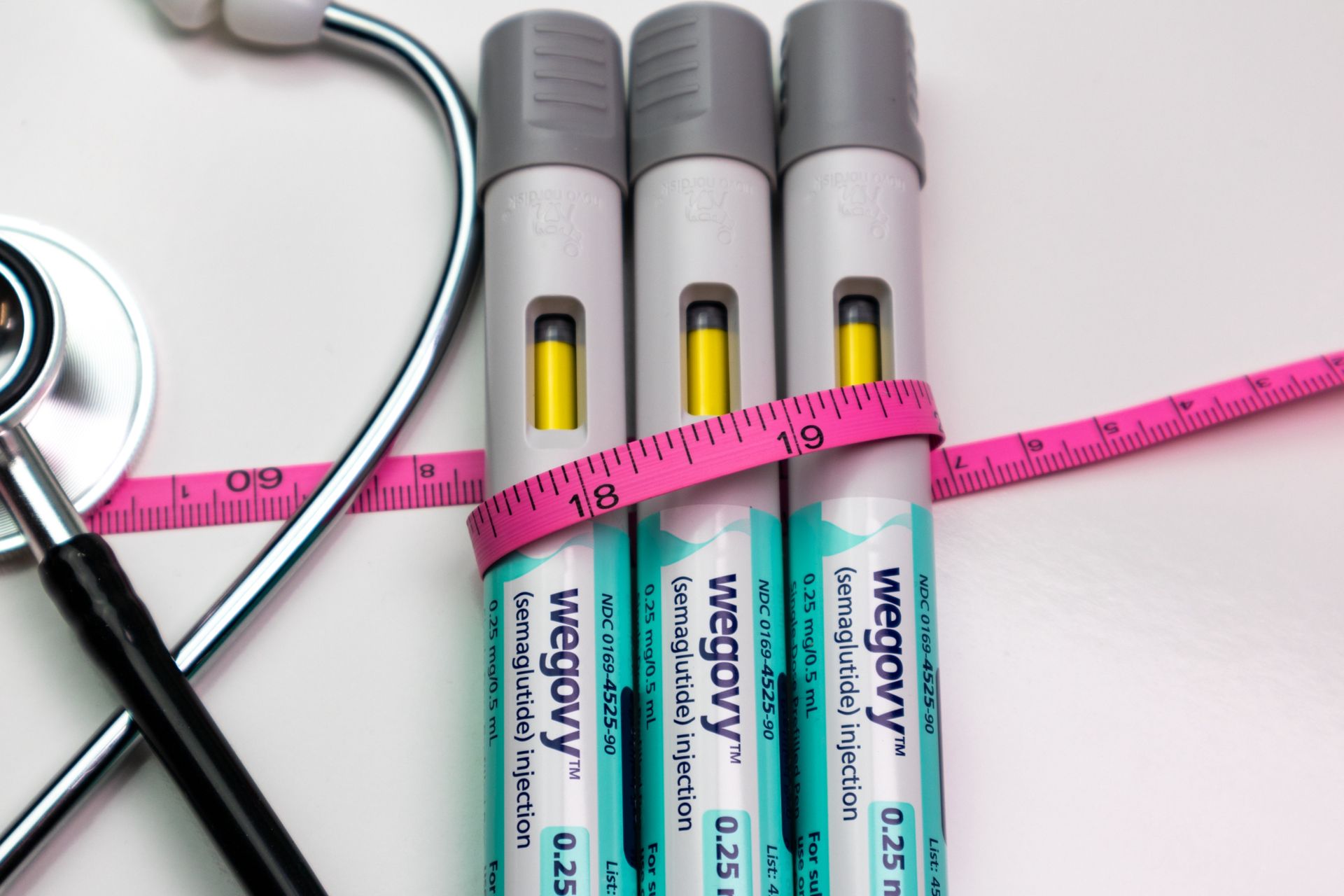

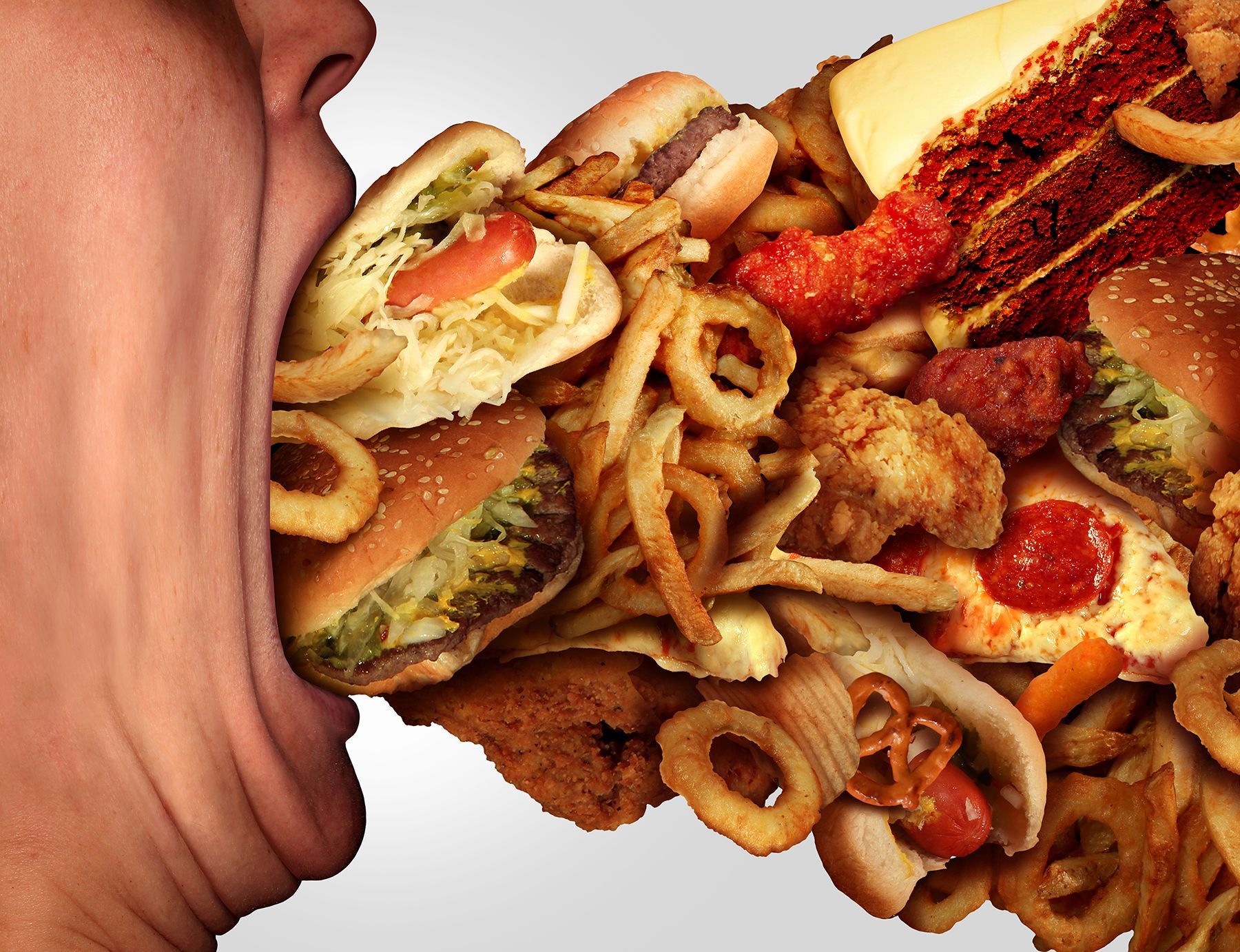

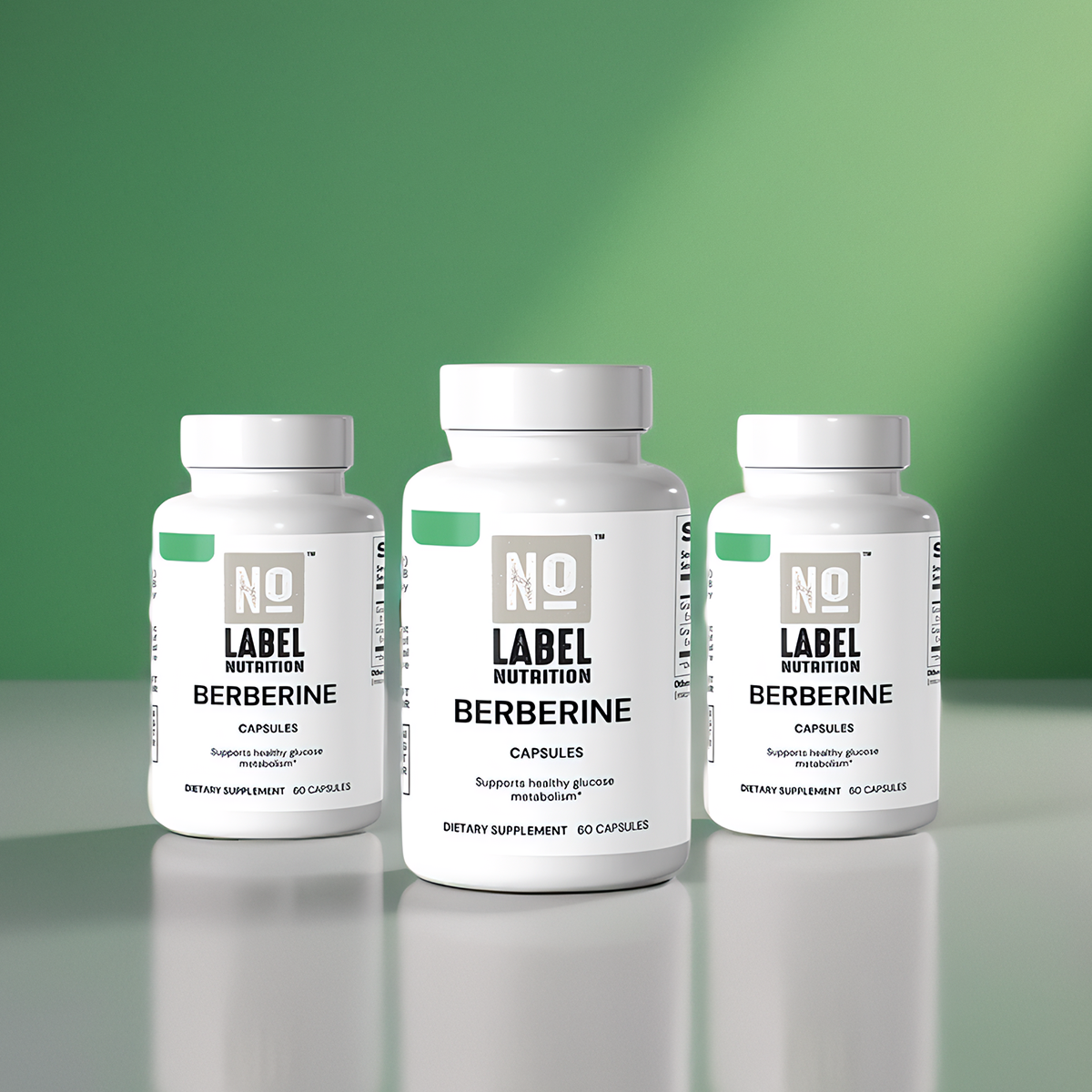

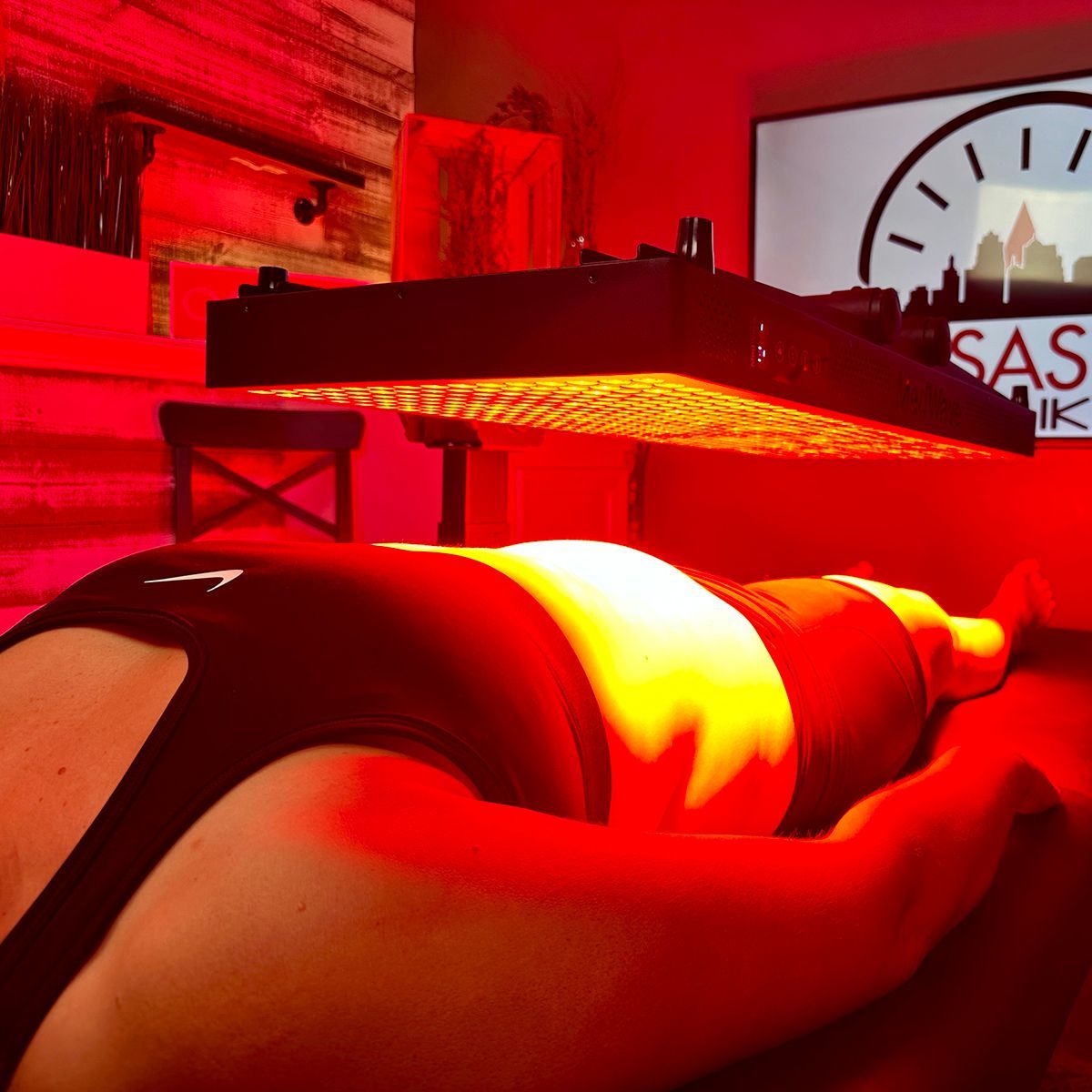


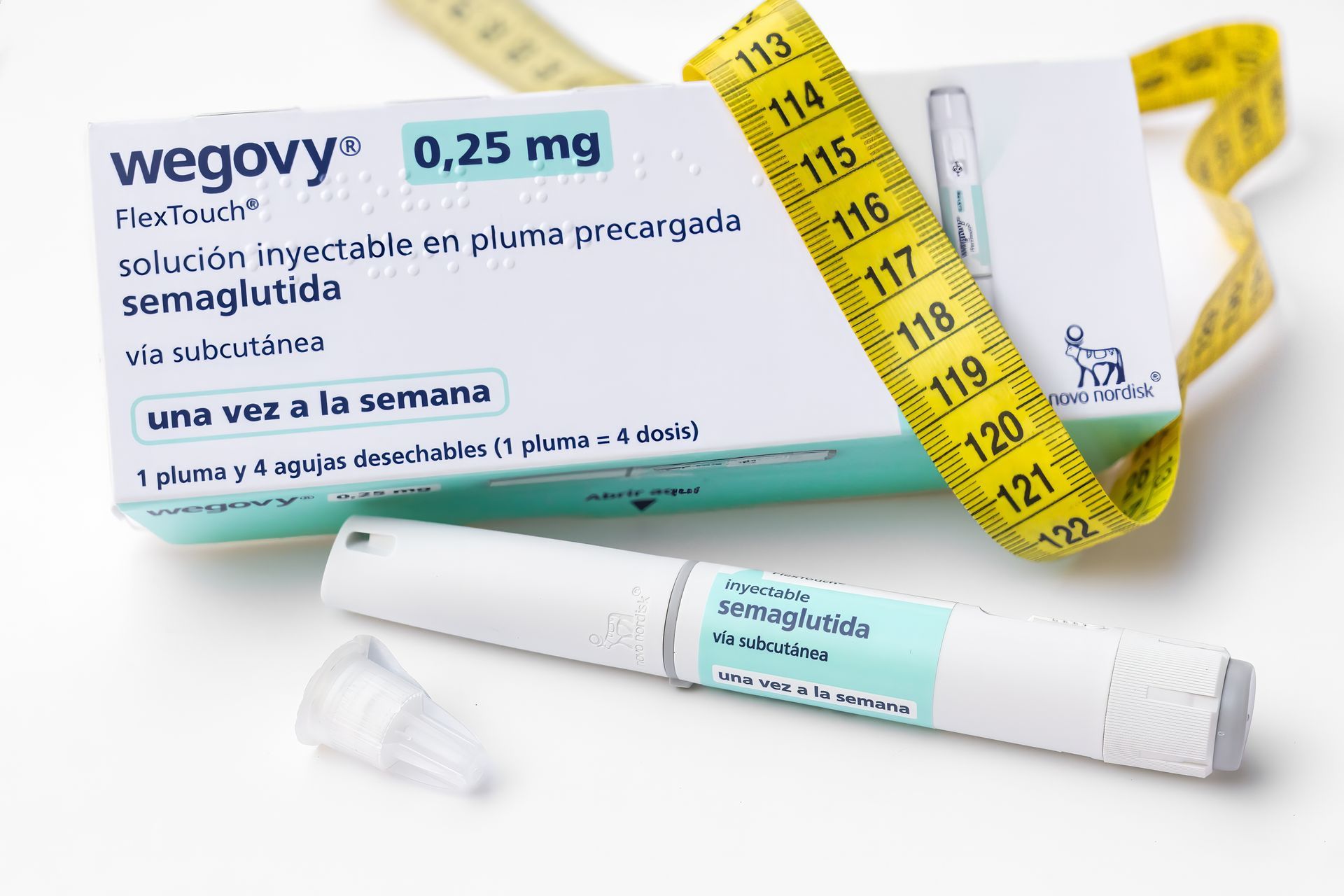
Share On: